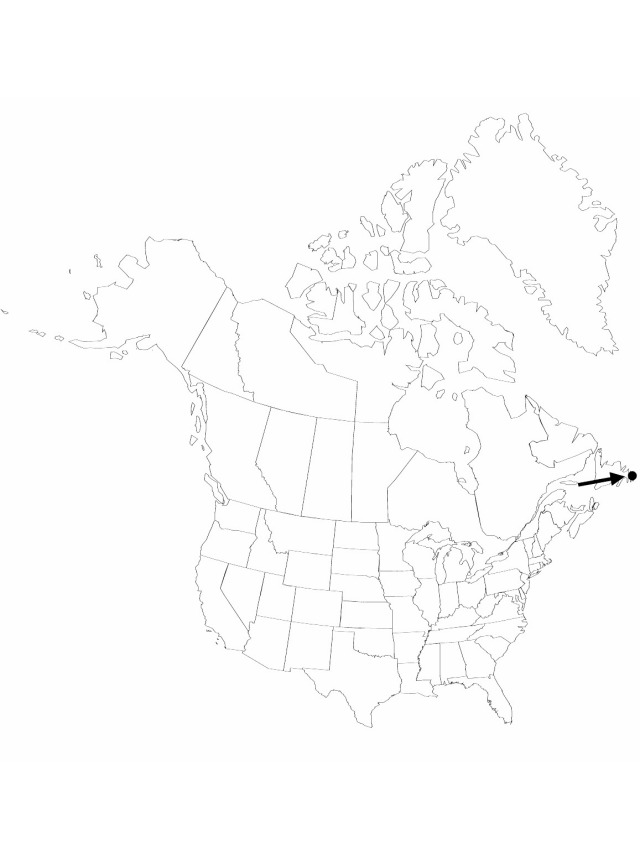Luzula campestris
in J. Lamarck and A. P. de Candolle,Fl. France, ed. 3 3: 161. 1805.
Rhizomes conspicuous. Stolons short, slender. Culms not cespitose, decumbent, 10–20 cm. Leaves: basal leaves few, 2.5–15 cm × 4 mm, apex callous, pilose. Inflorescences racemose; glomerules 2–6, central glomerules sessile or all congested, not cylindric; peduncles straight, divergent as much as 90°, to 3 cm; proximal inflorescence bract dark, often purplish, leaflike. Flowers: tepals dark reddish, shining, with wide clear margins and apex, (apex acuminate, midrib extending as awned tip), 3–3.5 mm; outer and inner whorls equal; anthers ca. 2–6 times filament length; stigmas ± equal to style. Capsules brown, shining, (usually lighter than tepals), conspicuously shorter than to nearly equal to tepals; (beak obvious). Seeds reddish, globose, 1–1.3 mm; caruncle to 1/2 seed length. 2n = 12.
Phenology: Flowering and fruiting summer.
Habitat: Sunny clearingsHabitat??
Elevation: 500–900 melevation??
Distribution

Introduced; Nfld. and Labr. (Nfld.)
Discussion
Luzula campestris may occur rarely elsewhere in Canada and the United States in lawns and cleared places (collected in Massachusetts in the 1920s). A common European species, the name is used in our floras for almost every species of the "multiflora–campestris" complex.
Selected References
None.
Lower Taxa
"-6timesfilamentlength" is not declared as a valid unit of measurement for this property.